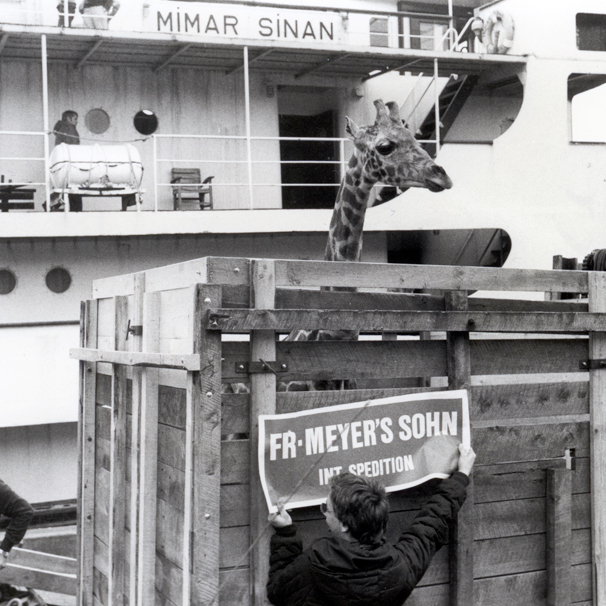Currency: Euro / € / EUR
Area: 357.375,62 km² / 137.847 sq mi
Population: 81.900.000
Density: 229 Einwohner pro km² / 229 per sq mi
1. Are there typical greeting rituals?
The highest-ranking person is always greeted first, regardless of whether that person is male or female. The greeting is made with eye contact, a friendly smile, and a brief clasp of hands. Hands are not shaken during this. The strength of the grip is important because it exudes happiness, optimism, competence, and self-confidence.
2. What business rules are to be followed?
Punctuality. Germans value punctuality in general and especially in the business world. Clothing is also very important in Germany. Men usually wear a suit. Attention should be paid to quality and restraint for this. The formal form of address "Sie" is used in the business world in Germany, regardless of whether you are speaking with colleagues, customers, or partners. Only those of higher rank can offer you the opportunity to use the familiar form of address "Du" with them. In a meeting the visitor is the first one to present his or her business card. The recipient briefly looks at the card and then carefully places it in his or her own documents.
3. What preconceptions are there and which of these are actually true? #
Punctuality isn't just a broadly-held preconception against Germans – it is actually true as Germans strive to be law-abiding and punctual. German people prefer structure and regulations. However, a misbelief is that Germans wear Lederhose and Dirndl every day. These are traditional garments in Bavaria and are worn at Oktoberfest.
4. What subjects are discussed during small talk?
Small talk is to only be positive and is to include as little private information as possible. Typical subjects include the weather, current events, food/beverages, and sports.
5. What commodities play an important role in the country and to which countries does it export to and from which countries does it import from tze most part?
a. Export:
Motor vehicles and parts, machinery/systems, and chemical products
To: France, the USA, Great Britain, the Netherlands, and China
b. Import:
Energy, finished goods, semifinished goods, raw materials, and food
From: Russia, the Netherlands, China, France, the USA, and Italy
6. What special logistics obstacles/difficulties are there on location?
According to a survey of the members of the German Logistics Association (BVL), those surveyed considered the complexity to be a serious performance obstacle.


![[Translate to Spanisch:]](/fileadmin/_processed_/8/d/csm_fms_office_lima_skyline_715c64c8de.jpg)
![[Translate to Spanisch:] [Translate to Spanisch:]](/fileadmin/_processed_/6/2/csm_fms_article_document_exchange_small_6c5b774d7c.png)
![[Translate to Spanish:] [Translate to Spanish:]](/fileadmin/_processed_/d/a/csm_fms_breeze_pressrelease_july_e3b9809cdd.png)